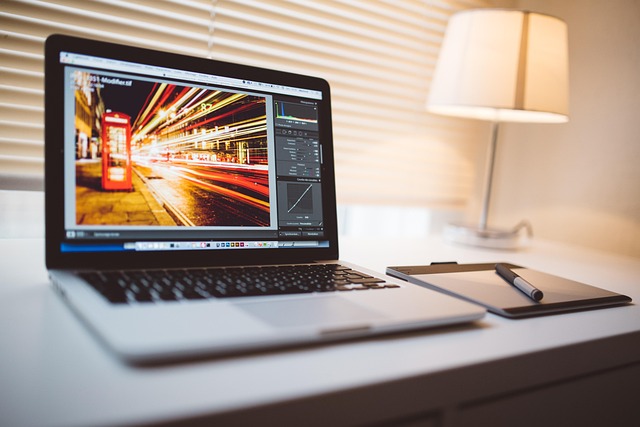In today’s fast-paced digital world, the importance of compelling visual content cannot be overstated. Every aspect of our lives is influenced by what we see, and this is especially true when it comes to TV displays and monitors. To truly engage your audience, it’s essential to master the art of visual content optimization, and understanding display technology is a significant part of that journey.
First off, let’s talk about the various types of TV and monitor display technologies available today. From OLED to QLED and beyond, each technology offers unique benefits. For instance, OLED screens provide incredible contrast ratios and deeper blacks, which enhance the overall viewing experience. On the other hand, QLED displays are known for their brightness and vibrancy. Choosing the right display technology is fundamental when aiming for maximum visual impact.
Another vital aspect of visual content is ensuring that your displays are calibrated correctly. This part of the process can make a dramatic difference in how content is perceived. Calibration involves adjusting the color, brightness, contrast, and other settings so that the content appears as intended. A well-calibrated display can captivate viewers and hold their attention, making it essential for success in content creation.
Beyond calibration, consider the resolution of your visuals. As we move into an era dominated by 4K and even 8K resolution, the clarity and detail offered by these options can significantly elevate your content. Higher resolutions allow for intricate details to shine through, which is particularly beneficial for intricate visual storytelling. Therefore, investing in high-resolution TVs or monitors should be a priority for anyone serious about their visual output.
Furthermore, understanding how visuals convey emotion and information is a crucial part of content optimization. Colors, fonts, and animations are all powerful tools that can evoke feelings and reactions from your audience. For example, using warm colors can create a sense of comfort, while bold, contrasting colors can grab attention. Smart application of these elements in your visual content can foster a more profound connection with viewers.
Finally, never underestimate the importance of the right content format for your display technology. Utilizing the appropriate aspect ratios, file types, and resolutions can all play a part in how your visuals reach an audience. For example, widescreen formats often work better on modern TV displays, while older monitors might require different approaches. Knowing your audience and how they interact with your content is essential in ensuring that your visuals leave a lasting impression.
In conclusion, mastering the art of visual content requires a thorough understanding of display technologies, careful calibration, and an emotional connection with your audience. By integrating these elements into your strategy, you can create stunning visuals that resonate with viewers and drive engagement. Embrace the technology at your fingertips, and let your creativity take the lead in captivating your audience.




